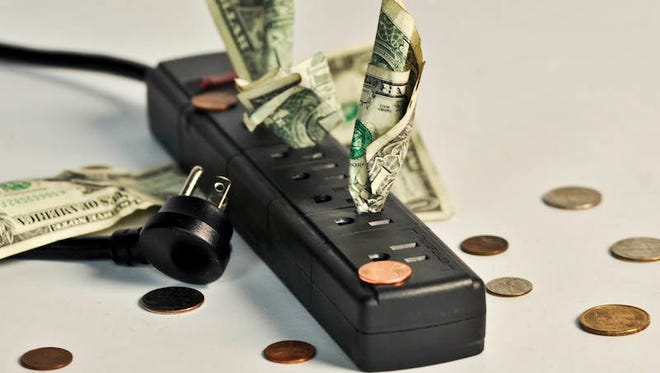Most Eugene homeowners would tell you that their homes are relatively energy efficient. They are careful about using large energy consumers like the heating and cooling systems and try to be mindful about turning off lights and fans when leaving a room. But recent studies have revealed that the average house in the United States is only operating at about 50% energy efficiency. So many homeowners would like to learn how to increase their home’s efficiency to cash in on 50% savings on their electric bills. While these tips are not likely to get your home to 100% energy efficiency, they are sure to help increase the number and save you some month each month on utility bills.
Upgrade To ENERGY STAR Appliances
Stop for just a moment and count the number of large appliances in your home. You are most likely at or near a half dozen of these electricity-consuming conveniences between the kitchen and laundry room. And that does not count the most energy-hungry device in every home, the HVAC system. So if you can replace older appliances with ENERGY STAR choices, you will be upgrading to the most energy-conscious appliances available. ENERGY STAR appliances promise to be the lowest energy users in their categories, saving up to 85% of the power consumed by similar machines. They offer better insulation and more innovative water distribution for increased performance while using less power.
Eliminate Wasted Energy
Now it is time to count all the devices in your home that have a remote, an always lit display, or an always-on clock. These devices are constantly sipping just a bit of electricity to remain in a ready mode. So even when you think they are turned off, they are using power. And while it is a small amount, it is in use 24/7. So count up televisions, DVRs, microwaves, cable boxes, audio equipment, and more. Unplug these items when not in use to reduce the wasted energy and your electric bill.
But wait, there are more items stealing power. Any time you plug in a phone, tablet, or laptop to charge and do not unplug it when the charge is complete, you are wasting electricity. Even after the charging process is completed, all those chargers continue to use power to monitor the device. So charge devices during the day and unplug the charger from the wall when the device is fully charged to save more energy and money.
Cost-Effective Lighting
LED light bulbs use around 85% less energy than a similar incandescent light. And the LED lights will last up to 50 times longer, so you will be spending less on replacement bulbs. Experts estimate that an LED lightbulb will save a homeowner about $100 over its lifetime. So how many lightbulbs are in your home? The average house has around 40 and can save up to $4,000 switching to LEDs.
To learn more about making your home more energy-efficient, call (541) 234-8864 to request an energy audit from the experts at Excel Electric.

